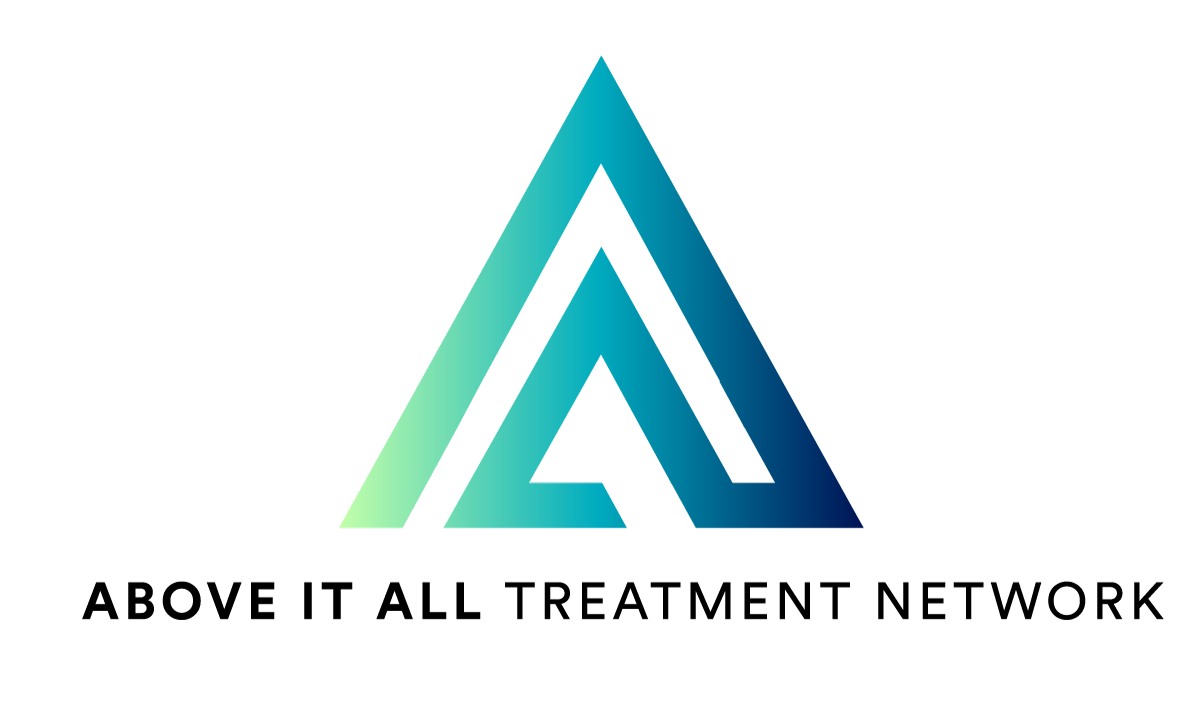Above It All Treatment Center provides a multidisciplinary approach to facilitate recovery from addiction and alcoholism. Comprehensive chemical dependency treatment services can offer a structured therapeutic environment that begins with the detoxification/withdrawal process and extends through aftercare planning following residential treatment.
Drug Treatment Program Methods
Therapeutic interventions include individual or group counseling and psychotherapy, and treatment services are usually provided by trained, certified professional therapists. Most therapeutic intervention programs rely on cognitive-based therapy which addresses irrational thinking and attempts to restructure thought processes.
Support groups are usually conducted by a member of a recovery group with the assistance of prepared materials by a national organization. The most well-known support groups are Alcoholics Anonymous and Narcotics Anonymous. Most support groups are modeled on the Twelve Steps of AA and rely on faith in a “higher power” to assist in achieving goals.
Drug and Alcohol Detoxification – Detox programs are treatment programs of planned withdrawal which may or may not include medication to assist in withdrawal. Length of detoxification depends on the substance ingested and the methods used for detoxification. Detoxification without other treatment has not been found to be effective in maintaining sobriety.
Treatment and Detoxification Protocols – OxyContin® is a powerful drug that contains a much larger amount of the active ingredient, oxycodone, than other prescription opiate pain relievers. While most people who take OxyContin as prescribed do not become addicted, those who abuse their pain medication or obtain it illegally may find themselves becoming rapidly dependent on, if not addicted to, the drug. Two types of treatment have been documented as effective for opioid addiction. One is a long-term, residential, therapeutic community type of treatment and the other is long-term, medication-assisted outpatient treatment. Clinical trials using medications to treat opioid addiction have generally included subjects addicted to diverted pharmaceutical opioids as well as to illicit heroin. Therefore, there is no medical reason to suppose that the patient addicted to diverted pharmaceutical opioids will be any less likely to benefit from medication-assisted treatment than the patient addicted to heroin. Some opioid-addicted patients with very good social supports may occasionally be able to benefit from antagonist maintenance with naltrexone. This treatment works best if the patient is highly motivated to participate in treatment and has been adequately detoxed from the opioid of abuse. Most opioid-addicted patients in outpatient therapy, however, will do best with medication that is either an agonist or a partial agonist. Methadone and levo alpha acetyl methadol (LAAM) are the two agonist medications currently approved for addiction treatment in this country. Presently there is no partial agonist approved by the Food and Drug Administration (FDA) for use in narcotic treatment, although buprenorphine holds great promise. The guidelines for treating OxyContin addiction or dependency are basically no different than the guidelines the Center for Substance Abuse Treatment (CSAT) uses for treating addiction or dependency to ANY opioid.
